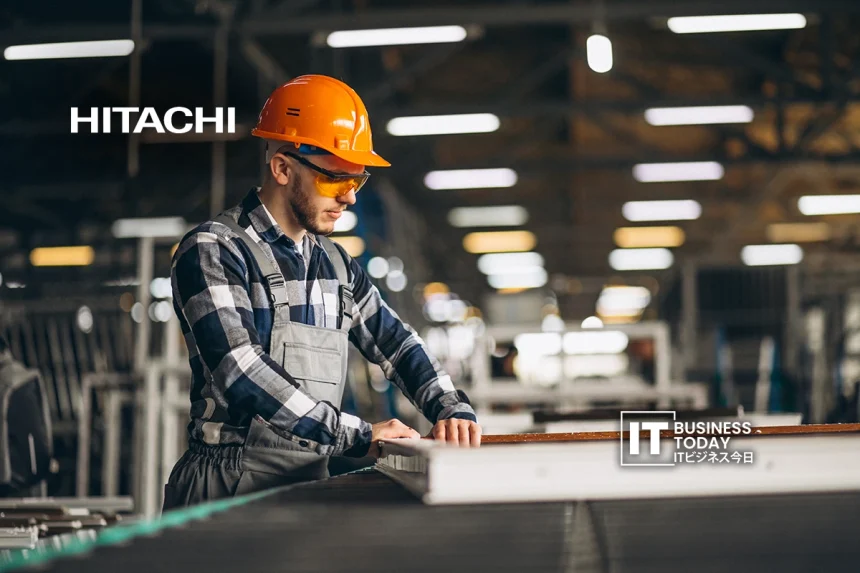Hitachi and Hitachi High-Tech announced in June 2025 that they had developed a process informatics technology to support the launch of production lines and improve yields. When the developed technology was introduced and verified on a lithium-ion battery prototype line, it succeeded in predicting product performance with high accuracy at the intermediate product stage.
In the manufacturing industry, there is a need to quickly launch production lines and further streamline manufacturing processes in order to respond to rapid changes in market needs. Hitachi and Hitachi High-Tech have proposed a “manufacturing process improvement solution” that utilizes a unique database and generative AI to achieve highly efficient manufacturing processes. However, achieving this requires a large amount of learning data, which poses challenges in terms of development time and cost.
Therefore, we focused on intermediate products during manufacturing and combined structural feature extraction technology with informatics technology to develop a “process informatics technology” that can predict product performance with high accuracy even with limited learning data.
Also Read: Lattice, Mitsubishi Electric Partner on Industrial Automation
One of the technologies developed this time is a “performance prediction model using structural features of intermediate products.” In this study, structural features of “electrode sheets,” an intermediate product in the lithium-ion battery manufacturing process, were extracted and applied to a machine learning model. As a result, it was confirmed that battery performance can be predicted with high accuracy even with limited data. In addition, the correlation between structural features and the objective variable, battery performance, was clarified.
The other is “Structural feature extraction technology using SEM image analysis.” Using an SEM developed by Hitachi High-Tech, image data of the electrode sheet surface was acquired and analyzed. This led to the development of a technology to extract structural features that reflect the aggregation and void structure in the electrode and the distribution of components. Using this technology, it is said that it will be possible to determine the quality of battery performance at the manufacturing stage of the electrode sheet, which is an intermediate product in battery production.
SOURCE: EETimes







